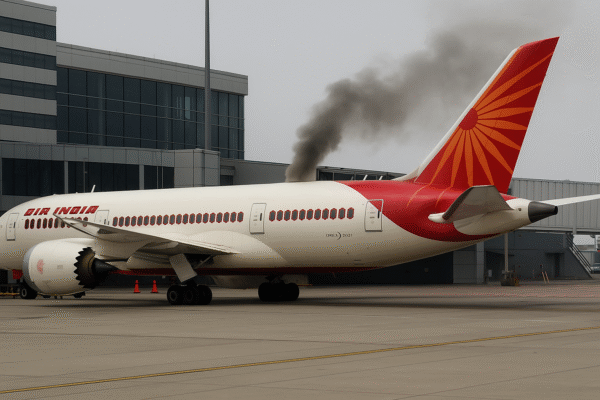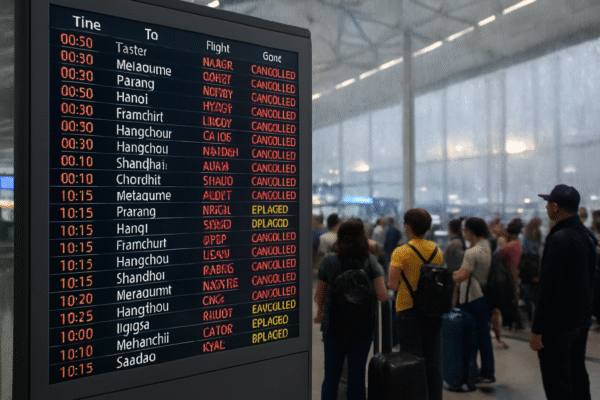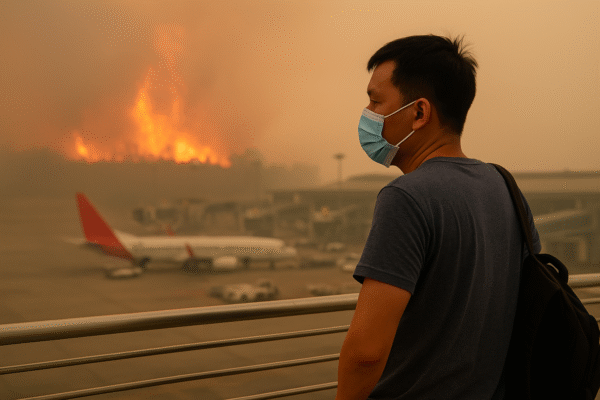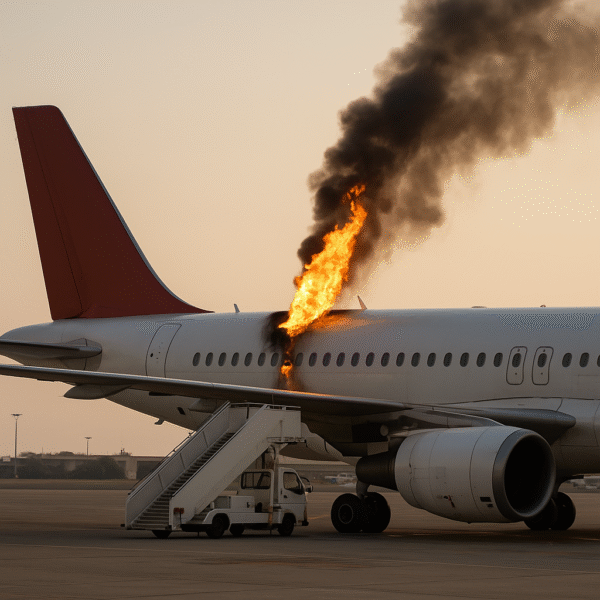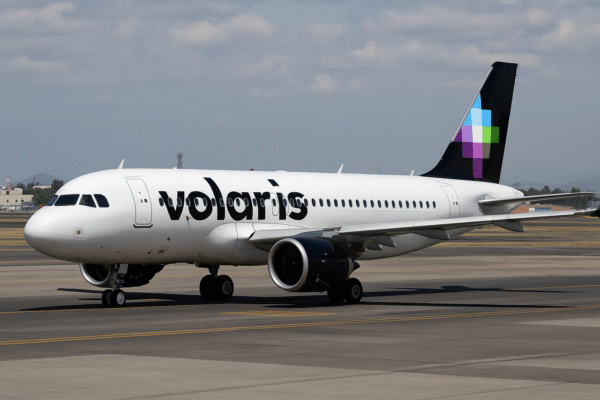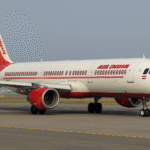Air India Safety Under Fire After APU Malfunction Sparks Blaze on Hong Kong–Delhi Flight
Air India has been thrust back into the spotlight after a fire broke out on one of its international flights, AI 315, upon arrival at Delhi’s Indira Gandhi International Airport. The incident occurred on July 22 following an Auxiliary Power Unit (APU) malfunction—an event that reignited scrutiny over the carrier’s operational safety, just weeks after the devastating crash of Flight AI 171 in Ahmedabad that claimed 260 lives.
Flight AI 315 had completed its scheduled route from Hong Kong to Delhi and was parked at the gate with passengers in the process of disembarking when the APU—a critical system that powers aircraft functions while grounded—caught fire. Fortunately, no injuries were reported, and the aircraft’s safety system automatically shut down the APU, averting a more serious situation.
Air India released a statement confirming that the aircraft was promptly grounded and the Directorate General of Civil Aviation (DGCA) was notified. “The APU was shut down automatically as per design. All passengers had safely disembarked at the time of the occurrence. The aircraft has been grounded for investigation,” the airline noted.
Safety Concerns Escalate Post-Ahmedabad Crash
The July 22 fire incident has amplified public anxiety over the airline’s safety protocols, which are already under intense scrutiny following the June 12 crash of Air India Flight AI 171 near Ahmedabad. That crash, one of the deadliest in recent Indian aviation history, killed 241 passengers and 19 people on the ground. Preliminary findings from the Aircraft Accident Investigation Bureau (AAIB) pointed to a sudden and simultaneous shutdown of fuel supply to both engines just seconds after takeoff, leaving the pilots with insufficient time to recover.
The report detailed a technical fault in the Boeing 787-8’s Fuel Control Switch (FCS) mechanism, which triggered cockpit confusion. In the aftermath, Air India conducted system-wide inspections across its Boeing 787 and Boeing 737 fleets, stating that no anomalies were found during the checks. While the 787s form a core part of Air India’s international fleet, the 737s are operated by its low-cost subsidiary, Air India Express.
Series of Safety Violations Prompt Regulatory Attention
Adding to the airline’s woes, India’s Civil Aviation Ministry disclosed in the Rajya Sabha that Air India has received nine show cause notices in the past six months for five distinct safety breaches. At least one enforcement action has already been concluded, though full details remain confidential. The fire incident occurred just one day after this disclosure was tabled in Parliament.
Despite mounting evidence of irregularities, the government has downplayed any long-term pattern of mechanical unreliability. Minister of State for Civil Aviation Murlidhar Mohol stated in a written reply to Parliament that official maintenance reports do not show “any adverse reliability trend” across Air India’s fleet during the first half of 2025.
However, aviation experts and frequent flyers remain unconvinced. “When technical incidents pile up, even if they are individually contained, they begin to reflect systemic gaps,” said Captain R.K. Sharma, a retired commercial pilot and aviation safety consultant based in Mumbai. “The APU fire after a major crash cannot be brushed aside as coincidence.”
Aircraft Fire Investigation Underway
The Aircraft Accident Investigation Bureau (AAIB), under India’s Ministry of Civil Aviation, has launched a detailed technical probe into the APU fire. An APU fire on the ground is a relatively rare event but not unprecedented. The APU’s function is to provide energy to power systems like lighting, air conditioning, and instrumentation while the aircraft is stationary. It is not used in flight but is crucial for turnaround operations.
Initial reports suggest that the fire suppression systems responded as designed, indicating that the onboard safeguards worked effectively. Nevertheless, aviation authorities are closely monitoring the investigation, especially in light of heightened concerns over fleet-wide maintenance standards.
International Perception and Passenger Confidence
As a member of the Star Alliance and a legacy brand of Indian aviation, Air India’s reputation has suffered significantly in recent months. Travelers on social media platforms have voiced increasing hesitation about booking future flights, with hashtags like #FlySafe and #AirIndiaTrending reflecting consumer unease.
The incident also casts a shadow on the airline’s ongoing transformation efforts under the Tata Group, which acquired Air India from the Indian government in 2022. Since the acquisition, Tata has invested heavily in upgrading the airline’s fleet, services, and staff training. However, repeated safety concerns may erode progress if not swiftly addressed through transparent communication and technical reforms.
Regulatory Outlook and Next Steps
India’s DGCA has been urged to conduct a thorough audit of Air India’s operational protocols, including its maintenance, inspection, and engineering divisions. Aviation analysts also recommend an independent review by third-party international safety bodies to restore public confidence.
Meanwhile, the AAIB is expected to release an interim report on the APU fire within the coming weeks. A final report on the Ahmedabad crash is also pending and could significantly influence future aviation safety regulations in India.
Conclusion
Although no injuries occurred during the APU fire on Air India Flight AI 315, the incident has renewed questions over the airline’s safety culture. Coming so soon after a fatal crash and amid ongoing regulatory scrutiny, the July 22 fire highlights the urgent need for transparent accountability, improved oversight, and robust technical compliance. With the world watching and Indian travelers growing more cautious, Air India’s future hinges on how quickly—and how thoroughly—it responds to the crisis of confidence now confronting its operations.
For more travel news like this, keep reading Global Travel Wire




